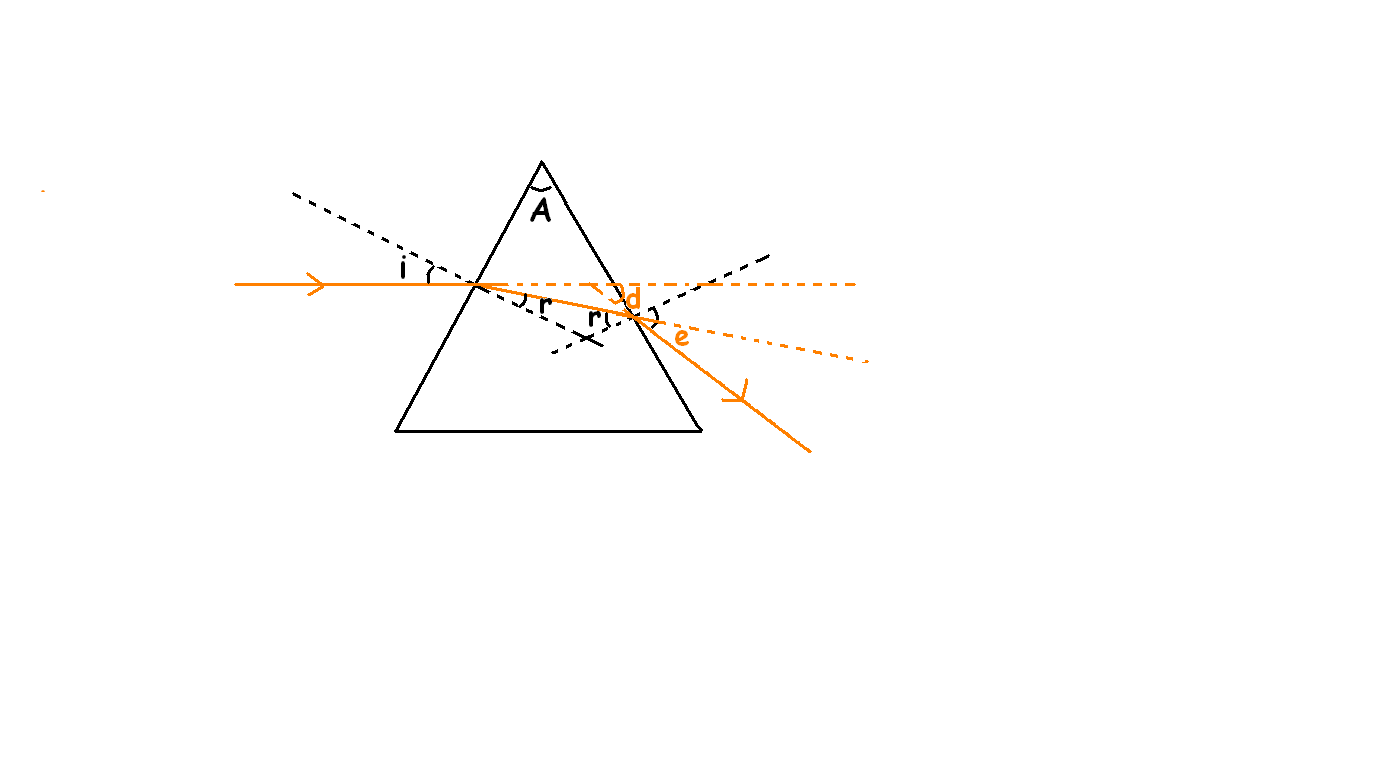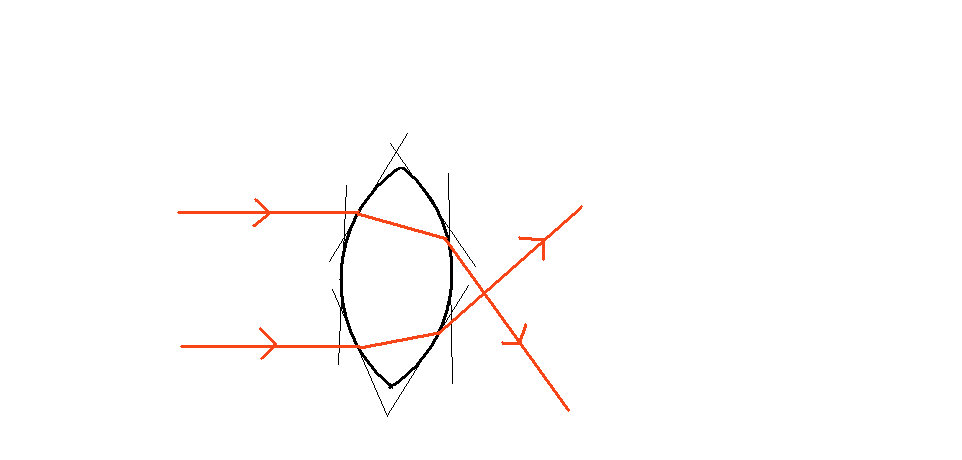-
Posts
83 -
Joined
-
Last visited
Content Type
Profiles
Forums
Events
Everything posted by Physicsfan
-
In the case of cars it is the friction between the wheels and the road that gets the car moving forward. it is the friction between the wheel bearings that slows down the car
-
now i understood the question too. thanks:-) now ABC is a triangle so A+B+C=180 and [imath]\frac{A+B+C}{2}=90[/imath].
-
what exactly are you supposed to find?
-
i think it is possible to get the LHS as a square and the RHS as a negative number
-
sorry:embarass: I just want to make a correction LHS wont be zero.
-
This post belongs to homework help, and according to forum rules i am not allowed to give you answer. I can only give you hints. you can express the numerator in terms of [imath](a+b+c)^2[/imath] formula. [imath](a+b+c)^2= a^2+b^2+c^2+2ab+2bc+2ac[/imath]. it'l be [imath](a+b+c)^2-2ab-2bc-2ac[/imath] [imath](a+b+c)^2-2(ab+bc+ac)[/imath] [imath]=\frac{(a+b+c)^2}{ab+bc+ac}-2[/imath] hey i think you will get L.H.S=0 if you multiply 1/-2 on both sides
-
How about this explanation? the Young Modulus of the string [imath]Y=\frac{Stress}{Strain}[/imath] so more the deformation of the string, more is the stress, in the opposite direction to that of the weight of the mass. So the string would undergo deformation until the stress and the weight are equalized.
-
react a solution of CuCl with an aqueous solution of a soluble oxide
-
n=1: l=0(s subshell) m=0.(1 orbital) n=2: l=0: m=0 l=1:(p subshell) m=1,0,-1(3 orbital) n=3 l=0 m=0 l=1: m=1,0,-1(3 orbital) l=2:(d subshell) m=2,1,0,-1,-2(5 orbitals)
-

nomenclature of a pentane hydrocarbon...any help please?
Physicsfan replied to Mr Rayon's topic in Organic Chemistry
The longest carbon chain has 4 carbon atoms. By IUPAC naming conventions the position of a functional group or in this case the methyl group should have the smallest possible integer number. So the name should be 2-methyl Butane. oops i didnt know the question had already been answered. -
I dont know if this would work. Maybe its a bad idea.Try reacting an aqueous solution of sodium chloride and an aqueous solution of sodium argentocyanide. [ce]NaCl + Na[Ag(CN)2] -> 2NaCN + AgCl[/ce] the silver chloride would precipitate. 225mg of sodium chloride and 704mg of sodium argentocyanide and would give you 200mg of sodium cyanide
-
A body does not move just because it has energy.Energy is scalar quantity, it does not have direction.A body moves when a force is applied because force produces a change in the momentum in the body,and momentum is a vector quantity.Force is the rate at which a body gains momentum.
-
but the deviation depends on which tangent the incident ray strikes right?
-
consider a stationary object such that the vector sum of all forces acting on it is zero, or in other words there is no force on the body at all. This body has no potential energy. Now if a force F (A push) is applied on the body for a time t seconds, then the velocity obtained by the body would be obtained from the equation [imath]v=at[/imath]. Now the energy gained by the body(Kinetic energy) is the same as the work done by the force on the body, because energy is transferred to the body. (law of conservation of energy). Now we know that work is [imath]F S[/imath] now we know [imath]F=ma[/imath], but we do not know the magnitude of the displacement.This can be obtained from the equation [imath]v^2=u^2+2aS[/imath] or [imath]v^2=2aS[/imath]. "play" with the equation and you get [imath]S = v^2 /2a[/imath] now multiply [imath]ma[/imath] to the expression and you get [imath]K = 1/2mv^2 [/imath] which as you know is the formula for kinetic energy.
-
consider a stationary object such that the vector sum of all forces acting on it is zero, or in other words there is no force on the body at all. This body has no potential energy. Now if a force F (A push) is applied on the body for a time t seconds, then the velocity obtained by the body would be obtained from the equation [imath]v=at[/imath]. Now the energy gained by the body(Kinetic energy) is the same as the work done by the force on the body, because energy is transferred to the body. (law of conservation of energy). Now we know that work is [imath]F S[/imath] now we know [imath]F=ma[/imath], but we do not know the magnitude of the displacement.This can be obtained from the equation [imath]v^2=u^2+2aS[/imath] or [imath]v^2=2aS[/imath]. "play" with the equation and you get [imath]S = v^2 /2a[/imath] now multiply [imath]ma[/imath] to the expression and you get [imath]K = 1/2mv^2 [/imath] which as you know is the formula for kinetic energy.
-
the total deviation in a prism is the sum of deviation at the first surface and the deviation at the second surface.that is also equal to [imath](i-r)+(e-r')[/imath]. the angle of prism is [imath]180-(90-r+90-r')=r+r'[/imath].So the sum of angle of refraction at first surface and angle of refraction at second surface is constant for a prism. Total deviation is also equal to [imath]i+e-A[/imath]. [imath]A+d=i+e[/imath].
-
-
Since a lense behaves as a set of prisms, so then a lense must also have the same prperties as prism. In a prism, the angle of deviation decreases with increase in angle of incidence. in a lense the angle of incidence of rays of a beam of light parallel to the principle axis is less at the lense surface near the principle axis but the deviation is less. why?
-
I think[ce][Cu(NH3)4]++[/ce] salts are always soluble,weather or not the anion is water soluble. But i am not sure about a solution of tetraamminecopperIIphosphate. what copper salt is to be used? [ce]Cu3(PO4)2[/ce] is insoluble, so i think it should be [ce]CuHPO4[/ce]
-
yes They are all deep blue and soluble in water
-
With reference to the diagram, if velocity of light in medium=c/n then time required to travel distance IB=IB/(c/n) =nIB/c time required by light to travel distance MB=IBcos r/(c/n)=nIBcos r/c time required by light to travel distance AI=AI/c time taken by light to travel AM=(AM/AI)*(AI/c) =(2sin i/sin i')(AI/c)
-
The number of [ce]H3O+[/ce] ions and the number of [ce]OH-[/ce] ions in pure water is equal, and so it is neutral. But in a solution of ammonia, the number of [ce]OH-[/ce] ions exceeds the number of [ce]H3O+[/ce] ions so it exhibits the properties of an alkali.
-
According to Fermats principle of least time, light travelling from one transperent medium to another transperent medium takes a path that requires the least time. this explains Snells Law that refractive index of second medium with respect to the first is sin i by sin r. Now if light is travelling from a rearer medium such as air to a denser medium why is it that it does not travel along the normal in the denser medium? That path would require the least time right?
-

NO2 (nitrogen dioxide) absorbtion / adsorbtion
Physicsfan replied to splodman's topic in Inorganic Chemistry
I think an aqueous solution of [ce]NaOH[/ce] would be better, because [ce]NaNO2[/ce] and [ce]NaNO3[/ce] are soluble in water. I'm not sure about the speed of the reaction, but i think reaction of [ce]NO2[/ce] with aqueous solution of [ce]NaOH[/ce] would be fast because [ce]NO2[/ce] is soluble in water. -

NO2 (nitrogen dioxide) absorbtion / adsorbtion
Physicsfan replied to splodman's topic in Inorganic Chemistry
How about sodium hydroxide then? [ce]2NO2 + 2NaOH ->NaNO2 + NaNO3 + H2O[/ce]




